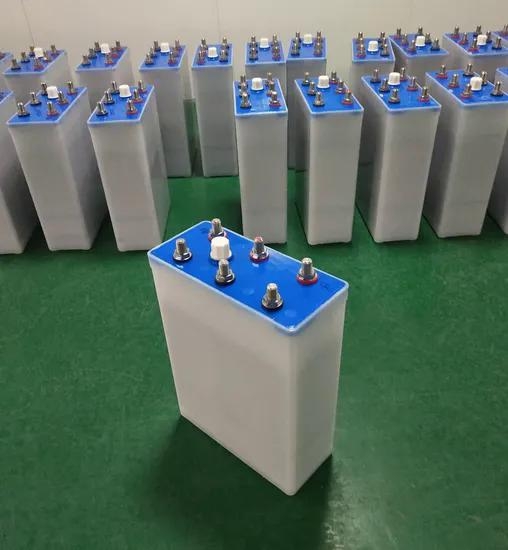Meta Title: Ni–Cd vs Lead-Acid — Application Guide for Industry Use
Meta Description: Application-focused guide: which industries and use-cases are better suited for nickel–cadmium or lead–acid batteries? Telecom, UPS, solar, aviation, and industrial examples included.
H1: Application Guide — Ni–Cd vs Lead–Acid
Introduction
Different industries prioritize different battery attributes: surge power, cycle life, maintenance, or cost. This article maps chemistries to common applications.
H2: Telecom & Power Backup
- Lead-acid (VRLA/OPzS/OPzV): Dominant in telecom central office and outdoor cabinet backup due to proven float service, well-understood charging, and lower first cost for large capacity banks.
- Ni–Cd: Used in harsh environments and remote sites where temperature extremes and frequent discharge/charge cycles are common; attractive when long service life with minimal maintenance is needed.
H2: Aviation, Rail & Industrial Control
- Ni–Cd: Historically preferred in aviation and rail for emergency power and onboard systems because of reliability under vibration, temperature swings, and high-rate discharges.
- Lead-acid: Used in ground power and stationary industrial backup where weight is less critical.
H2: Renewable Energy & Solar Storage
- Lead-acid (deep-cycle GEL/AGM): Common for cost-effective PV storage, especially in off-grid or low-budget installations. Proper charging and temperature control are essential.
- Ni–Cd: Less common for PV due to cadmium concerns and cost; chosen only where extreme cycle durability and temperature range justify it.
H2: Portable Tools & Consumer Devices
- Ni–Cd used historically for portable power tools thanks to power density and tolerance to abuse; however, many consumer applications are now moving toward NiMH or Li-ion.
Conclusion
Match the chemistry to operational priorities: choose lead-acid for large, stationary, cost-sensitive storage with established maintenance practices; choose Ni–Cd for demanding, high-cycle, high-power, or extreme-environment applications.
Keywords / Tags: telecom battery, aviation battery, PV storage, industrial backup


